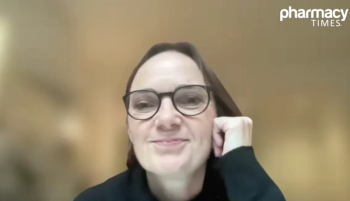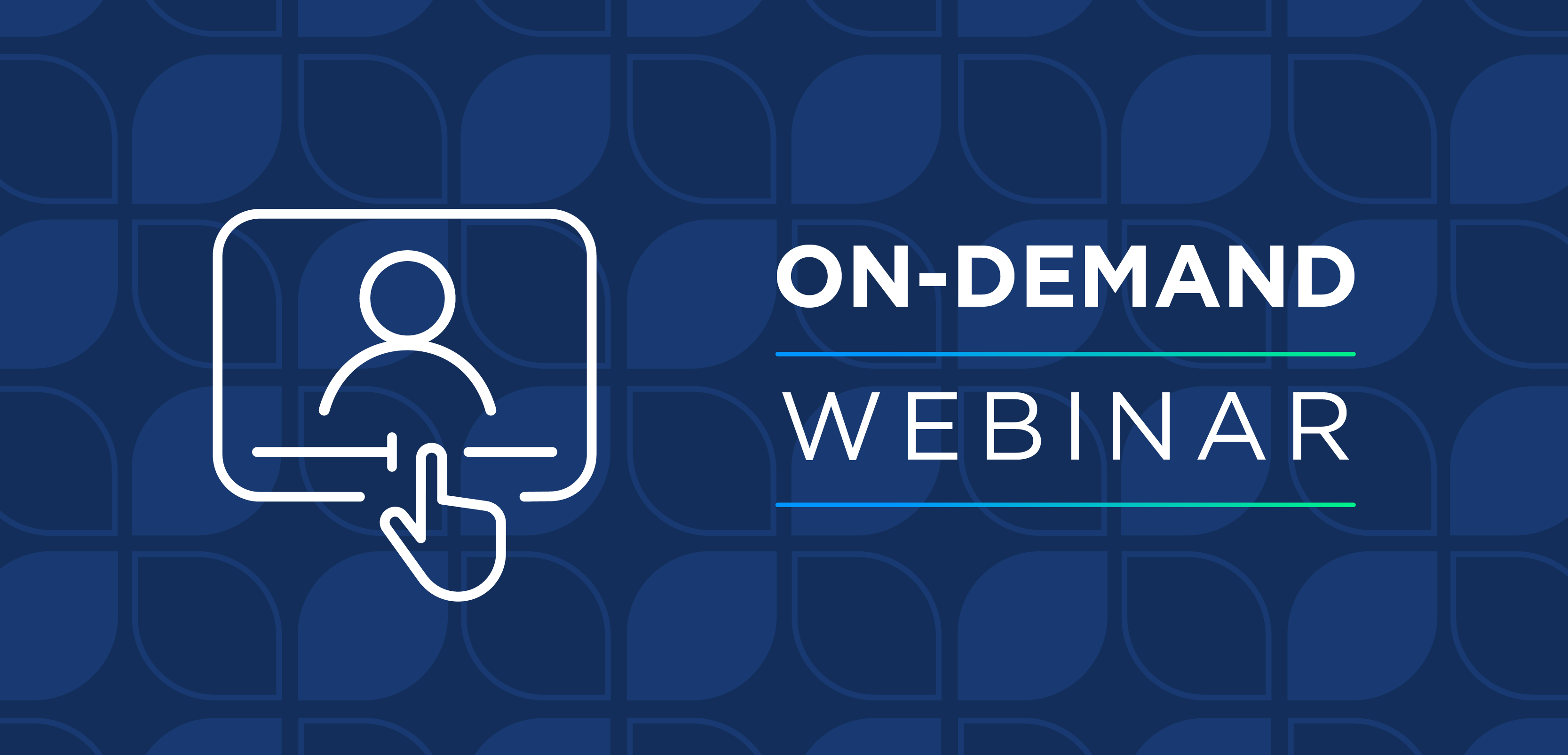
Many Teens Report Misuse of Opiates, Sedatives
Almost 1 in 10 adolescent patients at an emergency department reported misusing opioids or sedatives, and few had a current home prescription for the medication they misused.
Almost 1 in 10 adolescent patients at an emergency department reported misusing opioids or sedatives, and few had a current home prescription for the medication they misused.
Approximately 10% of adolescents visiting the emergency department who were surveyed for a recent study admitted to misusing prescription opiates or prescription sedatives. Those who misused the medications were also more likely to engage in other risky behaviors.
The
Of 2135 teens and young adults included in the study, 222 (10.4%) reported nonmedical use of either prescription opiates or sedatives. Among these patients, 185 (8.7%) reported opiate misuse, 115 (5.4%) reported sedative misuse, and 78 reported misuse of both. Only 14.6% of opiate misusers and 12.3% of sedative misusers had a current home prescription for the medication they misused. Just over half (50.4%) of those who misused sedatives and 42.2% of those who misused opiates were on public assistance, compared with 28.2% of those who did not report misusing the drugs. Those who misused opiates and sedatives were also more likely to have poor academic performance and to report all other risk factors when compared with those who did not abuse the drugs.
Both opiate and sedative misusers were more likely to have visited the emergency department previously in the past year. Teens who misused opiates were more likely to have received an intravenous or oral opioid during their visit and were more likely to receive a prescription opioid on discharge; approximately 1 in 7 patients who indicated opiate abuse received a prescription compared with 1 in 15 of those who did not indicate abuse.
The authors of the study suggest that screening and intervention efforts to prevent prescription misuse by adolescents should be increased in the emergency department, regardless of the reason for the visit.
“In addition to developing screening and intervention protocols, information-sharing technology could assist providers in improving and monitoring safe prescribing practices,” they write. “Additionally, patients who require intravenous opioids are at high risk for [nonmedical prescription opiate use] and providers should be careful to balance treating pain complaints with this increased risk for [nonmedical prescription opiate use].”
Newsletter
Stay informed on drug updates, treatment guidelines, and pharmacy practice trends—subscribe to Pharmacy Times for weekly clinical insights.






































































































































































































